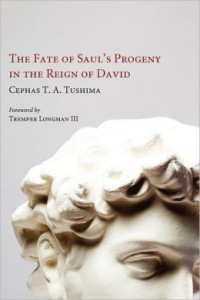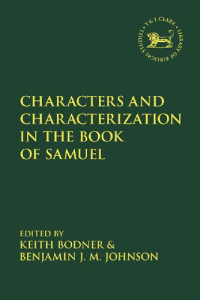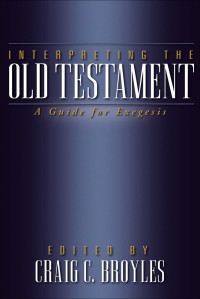
Not «Who Is on the Lord's Side?» but «Whose Side Is the Lord On?»: Contesting Claims and Divine Inscrutability in 2 Samuel 16: 5-14
Timothy F. Simpson
Second Samuel 16:5–14 is an important text for defining the character of both King David and Yahweh, the God of Israel. In this scene, the points of view of the various speakers battle for control of the narrative, attempting in turn to align their perspective with some aspect of what has been revealed earlier about Yahweh in the larger biblical story. Shimei, relative of the dead King Saul, paints David as a murderer and under a divine curse. Shimei presents himself as God’s instrument of truth and vengeance. Abishai, David’s nephew, first paints Shimei as a seditionist worthy of death, and then David as a kind of moral weakling who has lost his previous vigor and resolve. Abishai presents himself as the upholder of God’s Torah, the traditional family and the values that David himself used to espouse. David, when it comes his turn to speak, cuts a middle path between Shimei and Abishai, agreeing and disagreeing with both in turn. He then makes a startling theological declaration about his relationship to Yahweh that has often been taken to be a sign of faith, but which can more easily be read as a sign of his own hubris, which in turn fundamentally shapes the way in which the reader comes to think about Yahweh.
Year:
2014
Publisher:
Peter Lang Inc., International Academic Publishers
Language:
english
Pages:
155
ISBN 10:
143311979X
ISBN 13:
9781433119798
Series:
Studies in Biblical Literature
File:
PDF, 10.39 MB
IPFS:
,
english, 2014
 Amazon
Amazon  Barnes & Noble
Barnes & Noble  Bookshop.org
Bookshop.org  File converter
File converter More search results
More search results More benefits
More benefits 








![David M. Gunn and Danna Nolan Fewell — [UNREADABLE] Narrative in the Hebrew Bible](https://s3proxy.cdn-zlib.se/covers200/collections/genesis/c861deb12dcb8d72cb50a639c34eaef4353190033edc33d9442e8d5888e5beb5.jpg)






































